Attractions
One of the most visited countries in the world, Sri Lanka offers almost endless possibilities for things to see and do.This small but influential country bursts with fascinating history, exciting cities, and rich cultural traditions. Historic sites are at every turn, from ancient sites to centuries-old castles.
Sri Lanka is also easy to get around, with its most popular tourist destinations well connected by trains and buses. Or you can drive between points of interest on motorways. Whether you choose to tour the country by car or public transport, you’re guaranteed an unforgettable experience.

Anuradhapura
Anuradhapura was first settled by Anuradha, a follower of Prince Vijaya the founder of the Sinhala race. Later, it was made the Capital by King Pandukabhaya at about 380 B.C.According to the Mahavamsa, the epic of Sinhala History, King Pandukabhaya’s city was a model of planning. Precincts were set aside for huntsmen, for scavengers and for heretics as well as for foreigners. There were hostels and hospitals, at least one Jain chapel, and cemeteries for high and low castes. A water supply was assured by the construction of tanks, artificial reservoirs, of which the one named after the king itself exists to this day under the altered name of Baswakkulam.
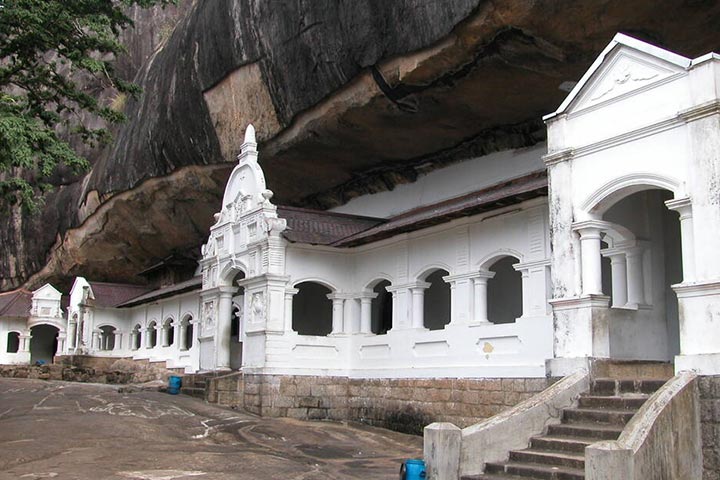
Dambulla Cave Temple
Dambulla is a large town, situated in the Matale District, Central Province of Sri Lanka. The town is situated 148 km north-east of Colombo and 72 km north of Kandy. Due to its location at a major junction, it is the center of vegetable distribution in the country. It is also given the title of a World Heritage Site.
It is home to the Worlds most acclaimed Cave complex of magnificent Buddha Images and Rock Paintings which has increased the tourist attractions of Dambulla. Other major attractions of the area include the Rangiri Dambulla International Stadium, famous for being built in just 167 days, the largest rose quartz mountain range in South Asia, and the Ironwood forest, or Na Uyana Aranya.
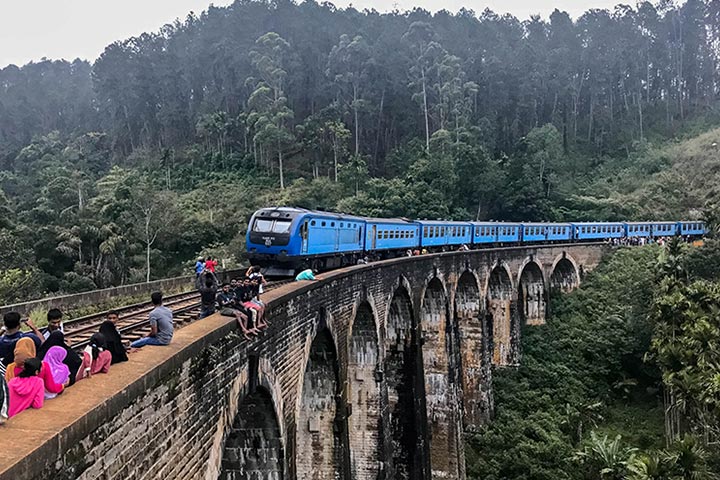
Ella
Ella is one of the most famous places in the tropical island Sri Lanka. It’s well-known for many reasons; but primely, the natural paradise around the location and tourist town there that becomes party central once dusk falls. The Ella town itself is surrounded by the beautiful hills of the Central highlands; covered in rolling green tea estates, the tall trees of cloud forests, and interesting natural formations.
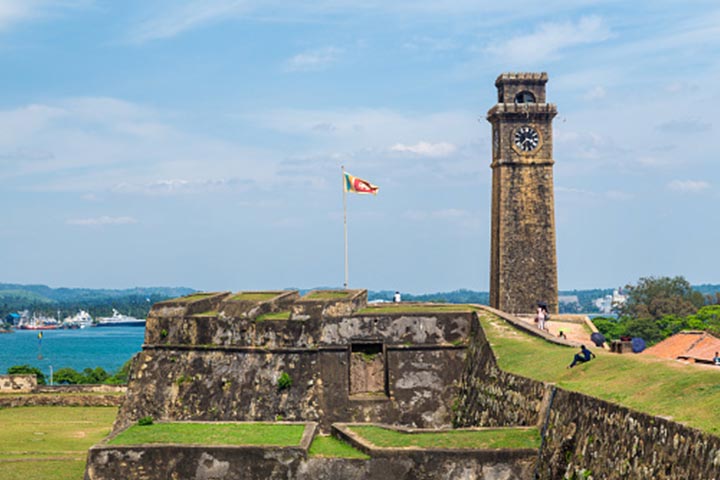
Galle fort
Galle provides an outstanding example of an urban ensemble which illustrates the interaction of European architecture and South Asian traditions from the 16th to the 19th centuries. The most salient feature is the use of European models adapted by local manpower to the geological, climatic, historical, and cultural conditions of Sri Lanka. In the structure of the ramparts, coral is frequently used along with granite. In the ground layout all the measures of length, width and height conform with the regional metrology. The wide streets, planted with grass and shaded by suriyas, are lined with houses, each with its own garden and an open veranda supported by columns, another sign of the acculturation of an architecture which is European only in its basic design.
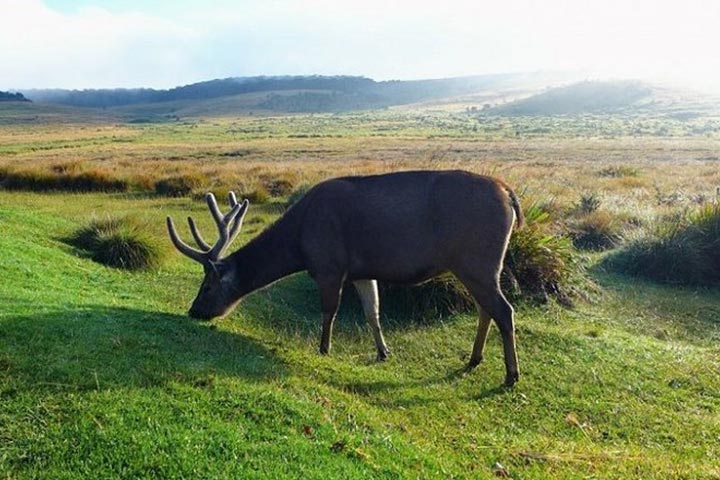
Horton Plains & World's End
Galle provides an outstanding example of an urban ensemble which illustrates the interaction of European architecture and South Asian traditions from the 16th to the 19th centuries. The most salient feature is the use of European models adapted by local manpower to the geological, climatic, historical, and cultural conditions of Sri Lanka. In the structure of the ramparts, coral is frequently used along with granite. In the ground layout all the measures of length, width and height conform with the regional metrology. The wide streets, planted with grass and shaded by suriyas, are lined with houses, each with its own garden and an open veranda supported by columns, another sign of the acculturation of an architecture which is European only in its basic design.
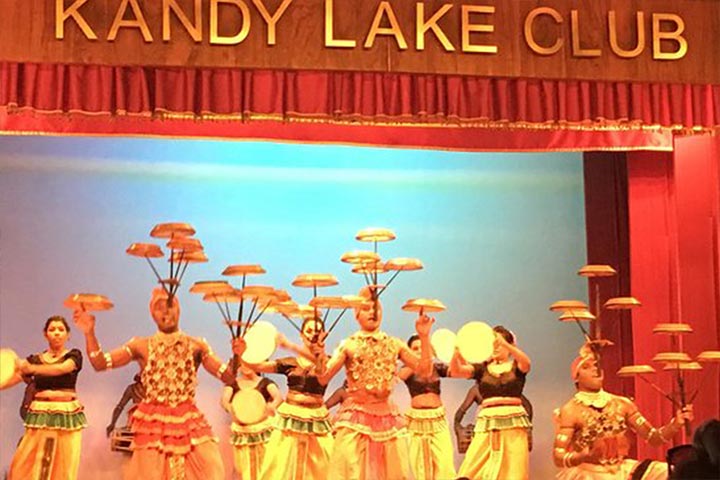
Kandyan Dance
Concept of dancing in Sri Lanka originated in fear of natural power which people regarded as the supernatural building. Dance was then initiated in Sri Lanka during the 4th century B.C for the purpose of expelling natural disasters, sickness and so on.
In the course of time, a dancing form was developed and varied from each other according to regional and local traditions. Nowadays, there are three principal dancing forms that can be seen in Sri Lanka: Kandyan Dancing: This form of dance has developed from the period of Kandyan kings and today is regarded as the national dance of Sri Lanka.

Kosgoda Turtle Hatchery
Sri Lanka is a vital habitat for sea turtles. It has been observed that five of the seven endangered species come to the shores of Sri Lankan beaches to lay their eggs. Watching adult and newly-hatched turtles is a popular attraction for tourists in Sri Lanka, hence Blue Lanka Tours always include this activity in all their Sri Lanka holiday itineraries. Throughout the south western coastline of Sri Lanka, there are several turtle hatcheries that conserve sea turtles. Kosgoda, Bentota, Induruwa, Hikkaduwa, Galle, Unawatuna and Koggala are a few towns where you can experience an encounter with turtles.

Madu River
Take a magical speed-boat ride down the beautiful Madu River, a wetland estuary spreading over 900 hectares of which 770 hectares is covered with water and inhabited with 64 islands. The boat ride is a wonderful way to take a closer look at this complex wetland ecosystem; a world heritage site protected by the Ramsar Convention on Wetlands being one of the last wetlands in Sri Lanka to contain a pristine mangrove forest. Journey past massive mangrove forests, glide under the canopy of the forest tunnels as they curve playfully towards the watercourse. Take in the unique biodiversity of the Madu River and its surrounding islands that boasts of hundreds of birds, plants, fish and animals.

Lake Gregory
Named after Sir William Gregory in 1873, this is a prominent attraction used for water sports and recreational activities. Lake Park, Boat Rides are available. Can be reached by sea plane which takes only 30 minutes from Colombo. At the southern end of the town is Gregory Lake where the holiday makers can enjoy a leisurely walk on the paved walk ways, with swan shaped paddle boats for the more adventurous. There are pony rides round the lake for the kids and even adults, with plenty of fast food stalls located in a separate area where one can enjoy a meal or a snack.
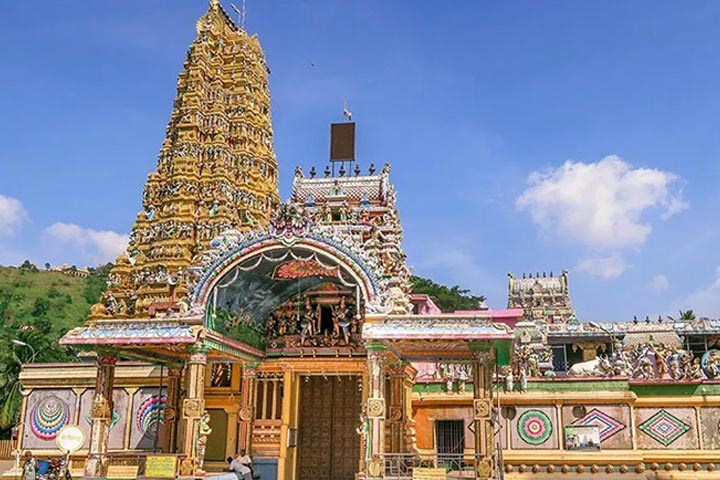
Matale - The Muthumariamman Hindu temple
Near to the main road through Matale, the Muthumariamman Hindu temple is a tall, exuberantly decorated structure that can be easily seen from afar. The prominent towers, called Gopurams, boast hundreds of detailed sculptures, in a rich mosaic of colour. These Gopurams structures can be seen in other Hindu temples across the island, as well as in Southern India.
Dedicated to the Hindu goddess of Mariamman, the ‘muthu’ prefix translates as ‘pearl’ and indicates the goddess’s original association with fertility, but today Mariamman is the deity celebrated as the protector of diseases such as smallpox and the bringer of rains.
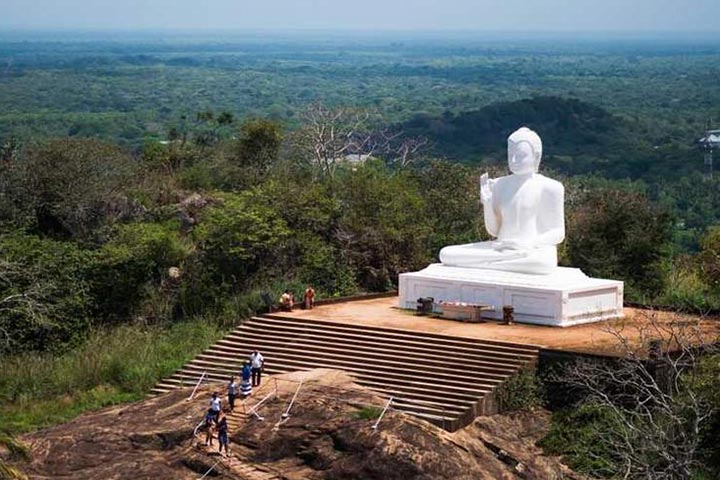
Mihintale
The king Devanampiya Tissa as well as king Uttiya too built monastery buildings, stupas, ponds etc. at Mihintale in third century B.C. Hence, many kings and royal family members built and renovated religious buildings in Mihintale up to King Keerthi Sri Rajasingha of Kandyan kingdom in the 17th century A.D. several remarkable development works can be highlighted among them. After passing away of Arahat Mahinda thera, King Uttiya had conserved the exiting ruins of buildings, stupas, caves, terraces, fight of steps, retaining walls, pathway etc. King Lanjjitissa (119-109 A.D.) built a chapter house, a stupa and also planted a Bodhi tree on the summit.

Minneriya National Park
The main wildlife attraction of this park is the elephants. During the dry season (June to October) the water lake recedes and exposes vast areas of grasslands. The lush grass and water attracts large herds of elephants, all totaling a about 450 individuals. These are distributed among several smaller herds. The elephant are not shy and can be approached closely by jeep. Other animals typical of the dry zone have been recorded. See-> more (link to wildlife).
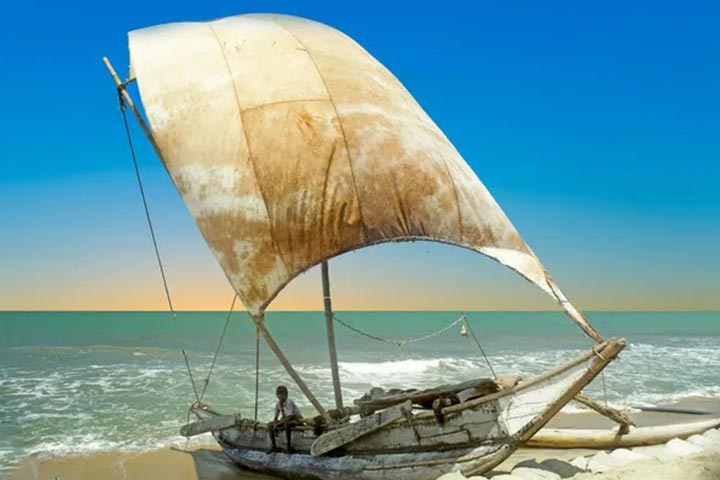
Negombo
Negombo is becoming one of the most thriving areas in Sri Lanka, with shopping malls that dwarf even the biggest ones in Colombo and many popular hotels due to its close proximity to the airport. Negombo is easily one of the most expansive towns of Sri Lanka and one that is teeming with history that is unfortunately not always given the credit it deserves. Due to the stunning coastal scenery of Sri Lanka’s south coast which gets alot of tourist traffic and praise, there is little mentioned of the beaches of Negombo.
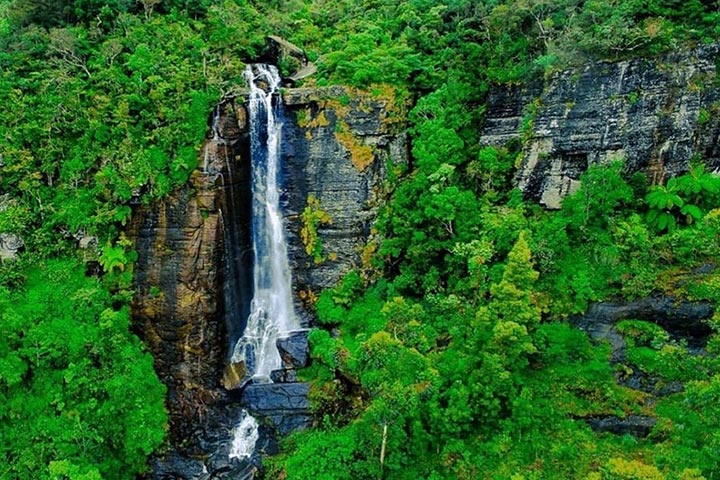
Nuwara Eliya
The modern history of Nuwara Eliya begins in 1818 when a British Surgeon, Dr. John Davy (Brother of Humphery Davy, the inventor of the Miners’ Safety Lamp), rediscovered this area. It is said that Dr Davy expressed;
I was walking in the middle of a forest. I saw a beautiful white shining diamond watered waterfalls falling. I came to the top of a mountain. The people who came with me said that it is the highest land of this country
Dr. John Davy mentioned that this place – Nuwara Eliya – has so many ‘Ashoka’ trees, Elephants, Wild animals and Gem stones.

Peradeniya
Peradeniya is famous for the Royal Botanical Gardens of Peradeniya, which is considered to be one of the most beautiful botanical gardens in Asia. It is situated in a slope of the Mahaweli river and attracts many visitors from Sri Lanka as well as from abroad. Another key attribute of this city is the University of Peradeniya which is the second oldest University in Sri Lanka. Its buildings are of mixed colonial and Indian style amongst the lush vegetation of the Sri Lankan hill country. The Department of Agriculture is also located here.
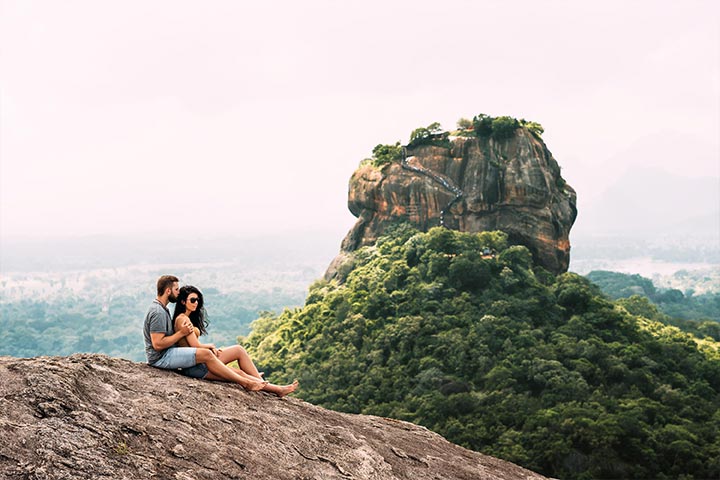
Pidurangala Rock
Towards the north-east of Sigiriya Rock is a famous hill of Pidurangala rising about one mile from the site. Pidurangala rock cave temple is also a part of many Sri Lanka tours that include Sigiriya and Dambulla caves. The rock temple abruptly rises up to 200 m from the surrounding area. An ancient cave dates back to Anuradhapura period, with an inscription written below the drip ledge, situated at the foot of the hill has been restored to a modern vihara. By this site, an ancient path of rough stepping stones leads up the hill where the overhanging rock on the eastern side shelters a very long cave.
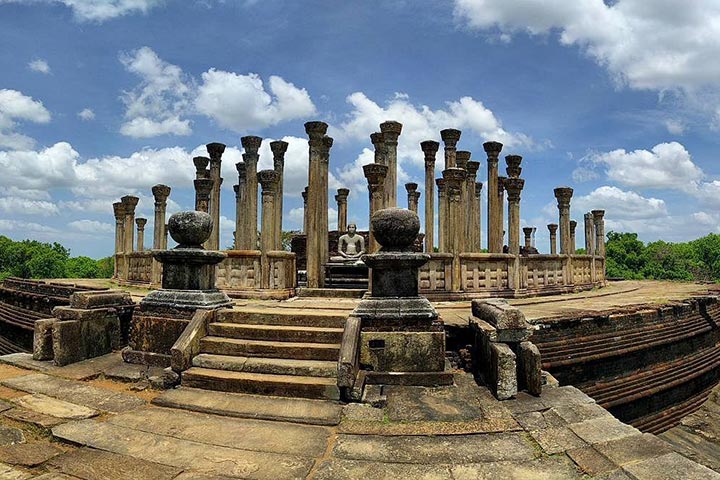
Polonnaruwa
Polonnaruwa played an important role already in the Anuradhapura period. Polonnaruwa is believed to be the “Vijitagama”, later on “Vijitapura”, which is mentioned as one of the earliest Sinhalese settlements after their arrival on the island in the 6th century B.C.E. Indeed, archaeological evidence indicates human settlements existed in this area as early as in the 6th entury B.C.E., but maybe they are even pre-Sinhalese. Evidently, the Gopala Pabbata cave in the very centre of the archaeological zone was a Buddhist hermitage already in the 2nd century B.C.E., because its drip ledge carries inscriptions in Brahmi letters from that very early Buddhist period.
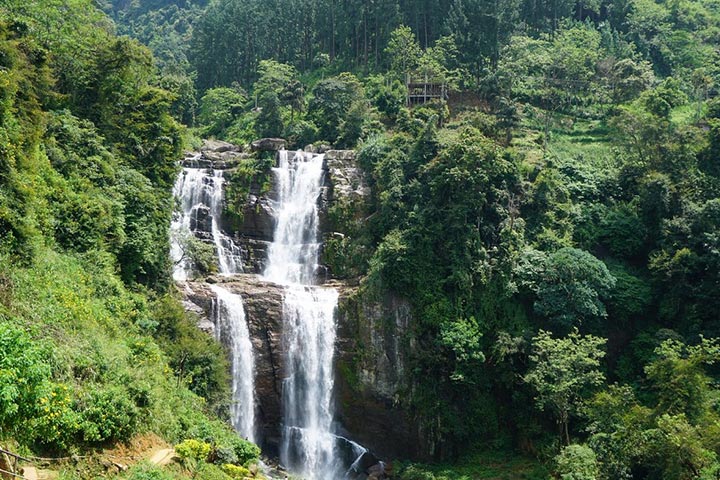
Ramboda Falls
Rivers, as they flow over uneven ground or down mountains, often split into tributaries or form waterfalls. Sometimes two tributaries of the same river may form twin waterfalls very close to each other as the water spills down cliffs and rocks. However, it is quite uncommon for the tributaries to combine after forming the waterfalls making a Y shape. This unique and beautiful sight can be seen at the Pussellawa area of Nuwara Eliya, at the Ramboda Pass. The Ramboda Falls in Sri Lanka or Ramboda Ella or Puna Ella as these falls are called is created from Puna Oya, a tributary of Kothmale Oya.

Seetha Amman Temple
Located just 1 km from the Hakgala is the Seetha Amman kovil. This is the only Seetha Amman kovil in the world and is built according to South Indian architecture. Legend has it that Seetha was held captive and hidden in this spot by king Rama to protect her from the demon king Ravana according to the Epic Ramayana. The stream that runs close to this spot is believed to be the place where Sita bathed and the rock beside it is supposed to be the place where she sat praying. On the rock face across the stream are circular depressions believed to be the foot prints of Rawana’s elephant.
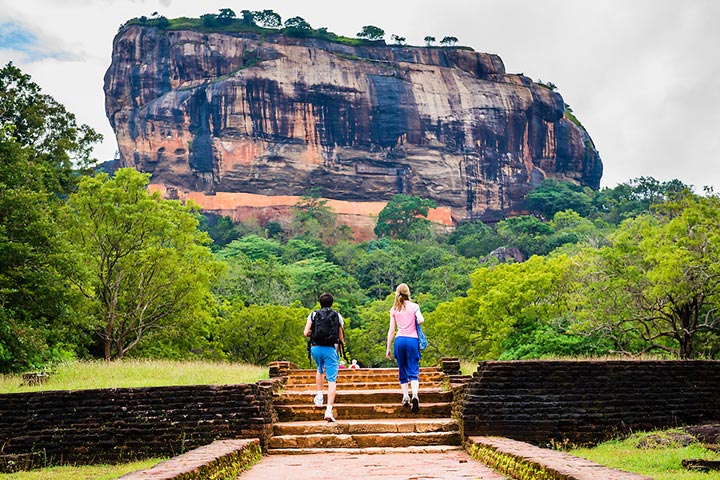
Sigiriya
Originally called Sihagiri (Remembrance Rock) and later dubbed Sigiriya (Lion Rock), the rock mass is actually the hardened magma plug of an extinct volcano that long ago eroded away. Pocked with natural cave shelters and rock overhangs – supplemented over the centuries by numerous hand-hewn additions and modifications – the rock may have been inhabited in prehistoric times. Popular myth says that the formation served royal and military functions during the reign of King Kassapa (AD 477–495), who allegedly built a garden and palace on the summit.

Sri Lanka Tea
Strange as it may seem, the story of Ceylon Tea begins with coffee. The tale begins in the early 1820s, barely five years after the surrender of Kandy, the last surviving indigenously-ruled state in Ceylon, to the British crown. By then, the rest of the island had already been a British colony for more than a generation. Its possession was considered vital to imperial interests in India and the Far East, but the cost of maintaining the military presence and infrastructure necessary to secure it was prohibitive. Attempts to raise revenue by taxation could not by themselves fill the gap; how to make the colony pay for itself and its garrison was a problem that had troubled successive governors since the first, Frederic North, took office in 1798.
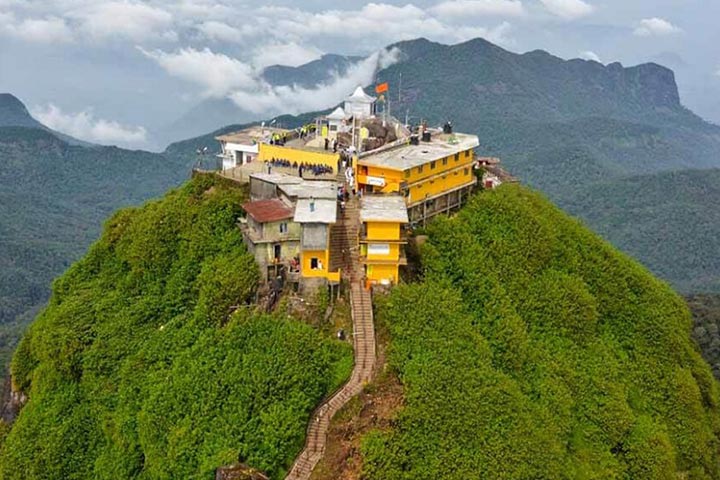
Sri Pada / Adam's Peak
Buddhist pilgrims climbs the 2245m (7242ft) high mountain to honor the legendary footprint of Buddha. A large number of pilgrims visit Adam’s Peak every year. The word Sri Pada means “holy footprint”. It is a holy place for 4 major religions For Buddhist it is foot print of Lord Buddha, For Christians and Muslims it is the foot prints of Adam when he was sent on earth, for Hindus the mountain is called “Shivas Peak”. All of the religions pay their respect or atleast make the adventure to climb the mountain for the sake of achieving the spirit of a holy mountain.

Stilt Fishing
Ritipanna is the Sinhalese term for stilt fishing, which is a traditional method for fishing practiced by most fishermen along the southern coast of Sri Lanka. This art is popularly seen in areas such as Ahangama, Koggala, Welipenna, Kathaluwa and Thalarambe. A narrow pole is tied to a stick that is anchored on the sea bed. Fisher folk climb onto this stick and settle on the pole for a few hours in an effort to catch some fish.
Fishermen found on stilts are those who do not have access to sophisticated equipment for fishing. These men can make a living simply with the help of two wooden poles to make a stilt.

Temple of the Tooth
The Holy Temple of the Tooth (Sri Dalada Maligawa), Kandy is the most sacred shrine of Buddhism in the same vein that the Basilica of Saint Peter of Vatican, the greatest of all churches of Christendom, is to the Roman Catholic Church. The Holy Temple of the Tooth at Kandy is the prime monument, the supreme edifice not only of the Sinhalese Buddhist populace of Sri Lanka but also of the Buddhists all over the world.

Trincomalee
Trincomalee is a port city on the east coast of Sri Lanka. The city is located on a peninsula, which divides the inner and outer harbours.Trincomalee is an anglicized version of the Tamil word Tirukonamalai (which means “lord of the sacred hill”); it is a hill situated in the end of a natural land formation that resembles an arc. It is one of the main where Tamil is spoken at large scale.
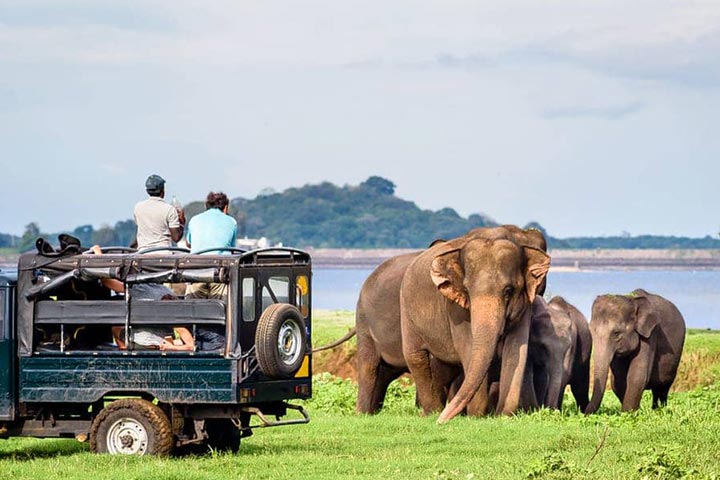
Udawalawe National Park
Located on the boundary of Sri Lanka’s wet and dry zones, Udawalawe National Park, is one of the best places in the world to see wild elephants. With approximately 400 elephants residing within the area of 31,000 hectares, it is not unusual to see big herds gathering to feed and bath by the waterholes. In addition to this main attraction, Udawalawe is home to many water buffalo, water monitor lizards, sambar deer and monkeys. The bird enthusiasts shall be in their own winged paradise with not only the variety, but the quantity of bird species in the park.
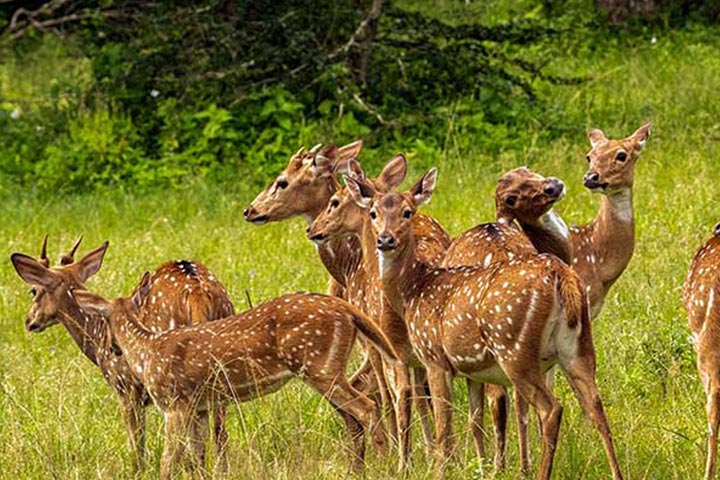
Wilpattu National Park
Wilpattu is Sri Lanka’s largest national park with an area of 130,000 hectare. It is also the oldest national park which has been reopened after several years of closure due to the armed conflict in the country. A few decades ago it was Wilpattu that was known ahead of Yala for its Leopard population. A unique feature of Wilpattu national park is that the entire park is dotted with large sand rimmed natural lakes known as “Villus”. The Villus collects rain water and tends to attract wildlife especially during the times of drought.
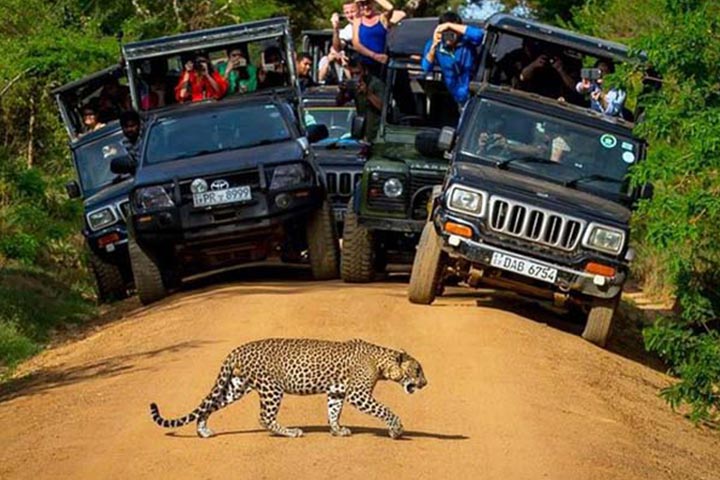
Yala National Park
Yala National Park is situated in the south-east region of Sri Lanka and is the 2nd largest National Park in the island, situated some 300 km away from Colombo. It was at first established in the early 1890s as a game sanctuary. The park is located in the dry-zone region where the drought season is very long .The day time average temperature is over 30 degrees which is not uncommon in the region. The parkland makes up most of the reserve but also includes lakes, beaches, jungle, rivers and scrubland. This variety in habitats provides an excellent range in wildlife.
